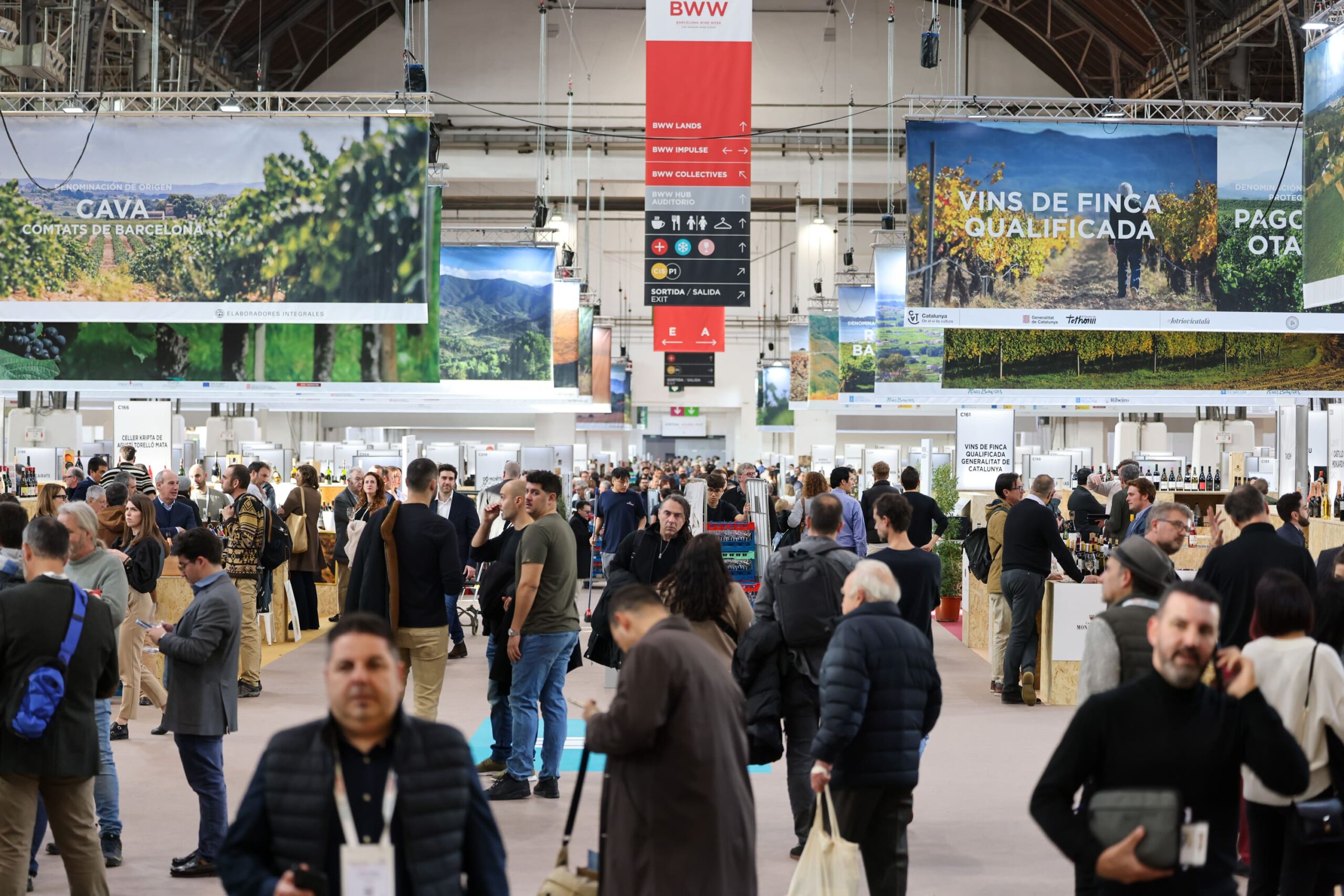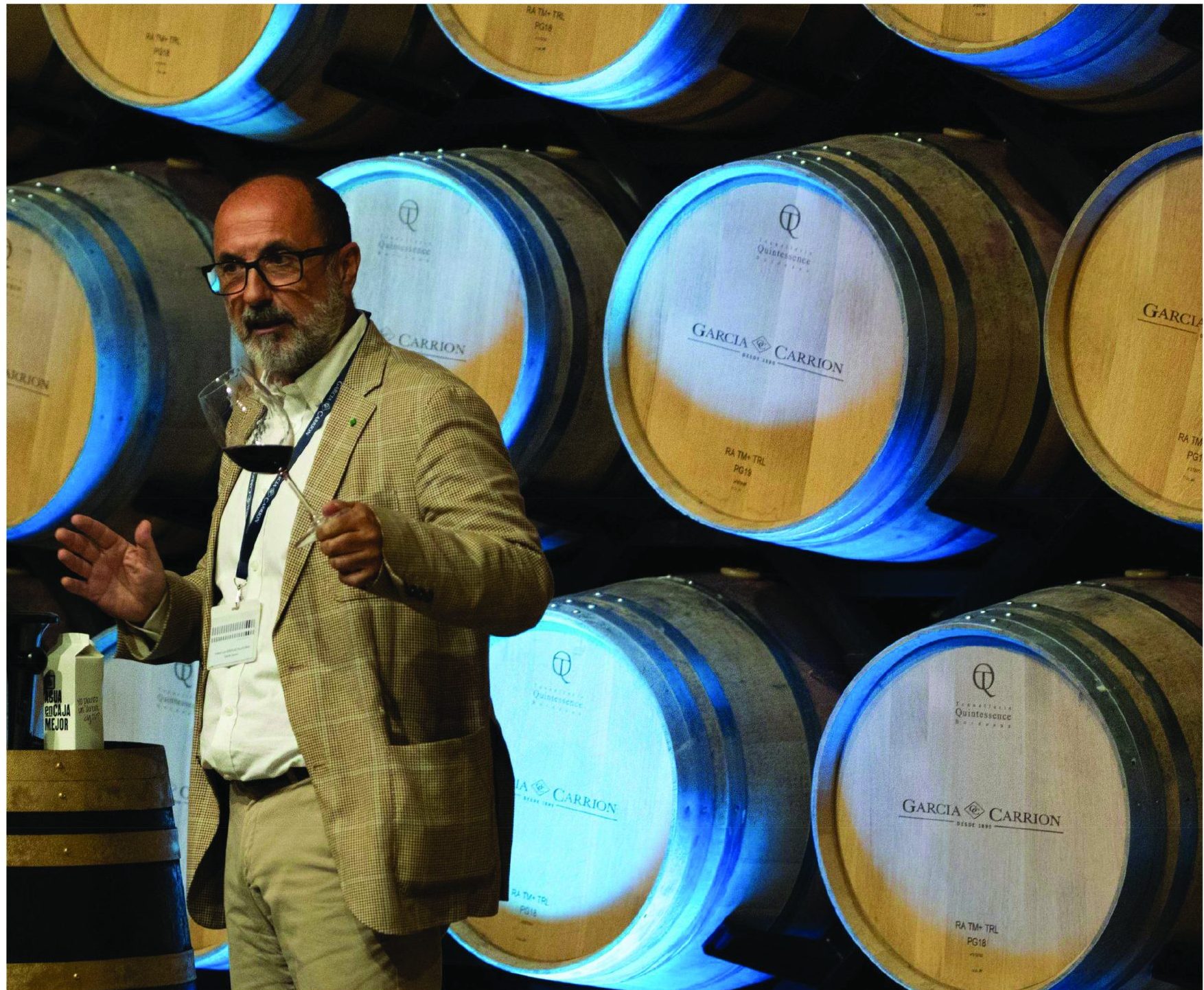Top 10 most powerful wine brands 2014
In a list dominated by Australian and Californian wineries, one South American brand stood out as the world’s most powerful of 2014.
The Drinks Business Power Brands Report, compiled by the drinks business together with Intangible Business, sees the world’s most influential wine and spirits brands pitted against each other to determine the world’s most powerful based on a scoring matrix. (see below)
Focusing on the wine sector, many of the industry’s big hitters returned this year to take their place in the top 10, with some significant shifts.
In a top 10 dominated almost entirely by US and Australian wineries, one Chilean winery stood out as the world’s most powerful climbing two spots to be crowned the world’s most powerful wine brand.
Barefoot, owned by California’s E&J Gallo winery, made its debut in the power 10 sliding comfortably into 5th place, while US wine giant Blossom Hill narrowly missed out on a top 10 place having been pushed to 11th.
The full report of the wine and spirits industry’s top 100 power brands can be found in June’s issue of the drinks business magazine.
Please note, only international brands with a global distribution are featured in this report.
Scroll through to see which wine brands were deemed 2014’s most powerful….
Methodology
Nearly 200 of the largest brands in the wine and spirits industries were scored by nine panelists to derive a list of the 100 most powerful alcoholic drinks brands. Power is defined by a brand’s ability to generate value for its owner. Value is classified by a series of measures as identified below.
Hard measures
• Share of market: volume-based measure of market share
• Brand growth: projected growth based on five years’ historical data and future trends
• Price positioning: a measure of a brand’s ability to command a premium • Market scope: the number of markets in which the brand has a significant presence
Soft measures
• Brand awareness: a combination of both prompted and spontaneous awareness
• Brand relevancy: capacity to relate to the brand and a propensity to purchase
• Brand heritage: a brand’s longevity and a measure of how it is embedded in local culture
• Brand perception: loyalty and how close a strong brand image is to a desire for ownership
A panel independently ranked each brand out of 10 on the above measures (10 = high, 0 = low). The scores were aggregated and averaged to reach a total score for each brand. A total score was achieved by multiplying a brand’s weighted volume by its brand score (a derivative of the eight measures of brand strength), within a defined range. The weighting is designed to adjust the volumes to a comparable level.
10. Lindeman’s
In at number 10 is Australia’s Lindeman’s which saw its power score slip by 4% this year causing it to drop from 7th to 10th place.
Overall rank: 65
Owner: Treasury Wine Estates
Origin: Australian
Total score: 4.7%
Change: -1%
Brand score: 49%
Change: -5%
9. Jacob’s Creek
Maintaining its 9th place position, despite a healthy 4% boost to its power score, is Australia’s Jacob’s Creek.
Overall rank: 59
Owner: Pernod Ricard
Origin: Australian
Total score: 5%
Change: 0%
Brand score: 56.3%
Change: 4%
8. Beringer
Beringer, owned by the beleaguered Treasury Wine Estates, stands firm in 8th place with a total score of 5.3% while its brand score rose by 2%.
Overall rank: 56
Owner: Treasury Wine Estates
Origin: California
Total score: 5.3%
Change: 0%
Brand score: 55.1%
Change: 2%
7. Sutter Home
Striding ahead with a score of 7.6% is California’s Sutter Home, one of the largest family-run independent wineries in the United States, which takes 7th place having slipped from 6th.
Overall rank: 43
Owner: Sutter Home Winery
Origin: California
Total score: 7.6%
Change: 0%
Brand score: 50.4%
Change: 0%
Partner Content
6. Yellowtail
Dropping from 5th to 6th place was Yellowtail which this year saw a 2% drop to its brand score, following a 2% rise last year.
Overall rank: 41
Owner: Casella Wines
Origin: Australia
Total score: 7.7%
Change: 0%
Brand score: 53.4%
Change: -2%
5. Barefoot
Streaking into 5th place with an impressive debut in this year’s Power Brands Report is Barefoot, owned by California’s E&J Winery. The Modesto-based winery was bought by Gallo in 2005 and first founded in 1986 by Michael Houlihan and Bonnie Harvey.
Overall rank: 32
Owner: Gallo
Origin: California
Total score: 9.8%
Change: New entry
Brand score: 43.3%
Change: New entry
4. Hardys
Last year’s number two dropped two spots to 4th place this year, despite a slight increase to its overall brand score.
Overall rank: 30
Owner: Accolade Wines
Origin: Australia
Total score: 10.2%
Change: 0%
Brand score: 57.9%
Change: 1%
3. Robert Mondavi
Climbing one spot to 3rd place this year, following a 2% rise in its power score, is California’s Robert Mondavi Winery.
Overall rank: 28
Owner: Constellation
Origin: California
Total score: 10.4%
Change: 1%
Brand score: 65.2%
Change: 2%
2. Gallo
Last year’s number one, Gallo was knocked off the top spot this year dropping to 2nd place despite enjoying one of the biggest brand score increases in the top 10.
Overall rank: 27
Owner: Gallo
Origin: California
Total score: 10.4%
Change: -2%
Brand score: 52.1%
Change: 4%
1. Concha Y Toro
Beating off competition from Australia and the US to become the world’s most powerful wine brand of 2014 is Chile’s Concha Y Toro, which saw its brand score inflate by 4% climbing three spots to take the number one slot. Its overall position within the Power Brands 100 saw it rise eight places to become the world’s 21st most powerful drinks brand of 2014.
Overall rank: 21
Owner: Concha Y Toro
Origin: Chile
Total score: 13%
Change: 3%
Brand score: 61.6%
Change: 4%




